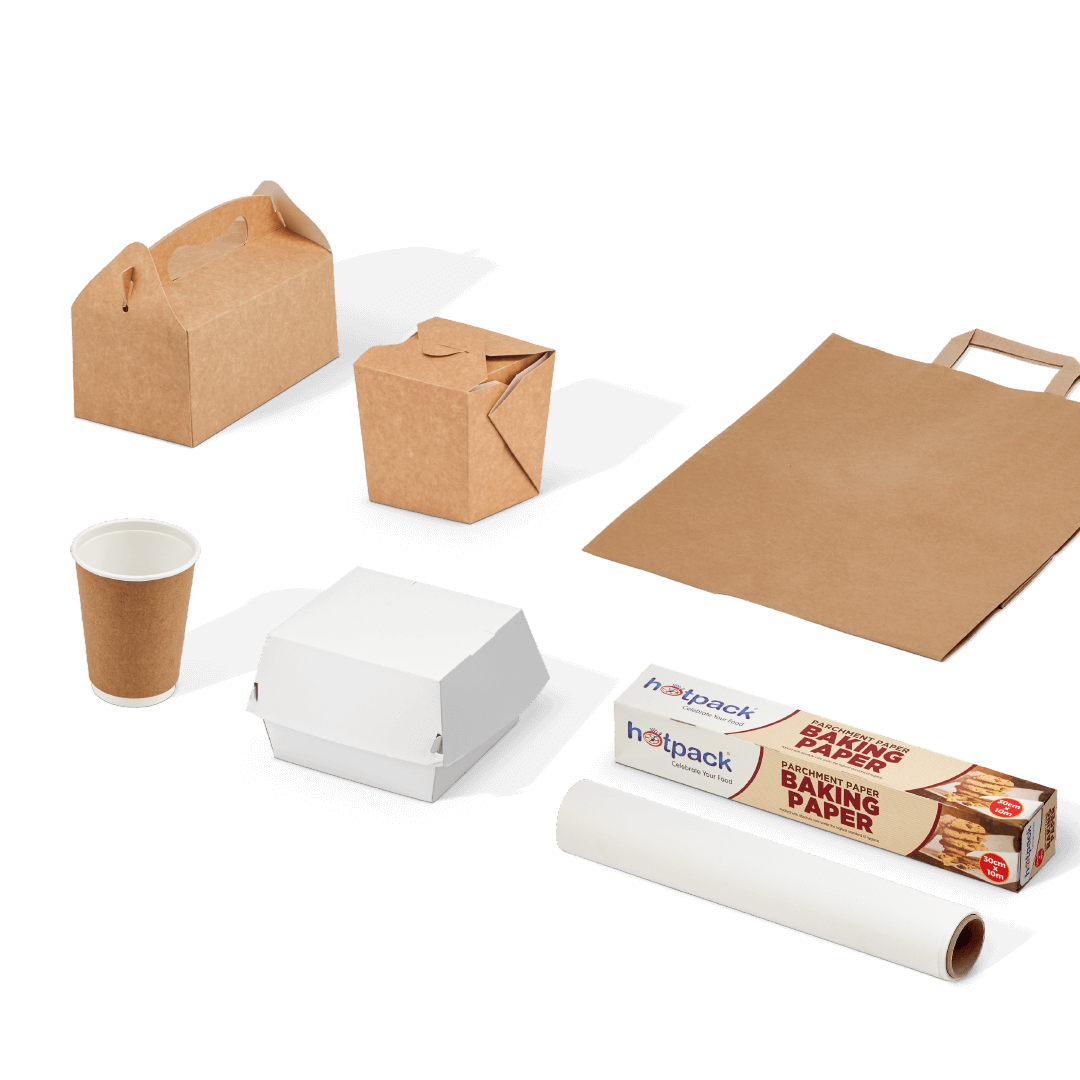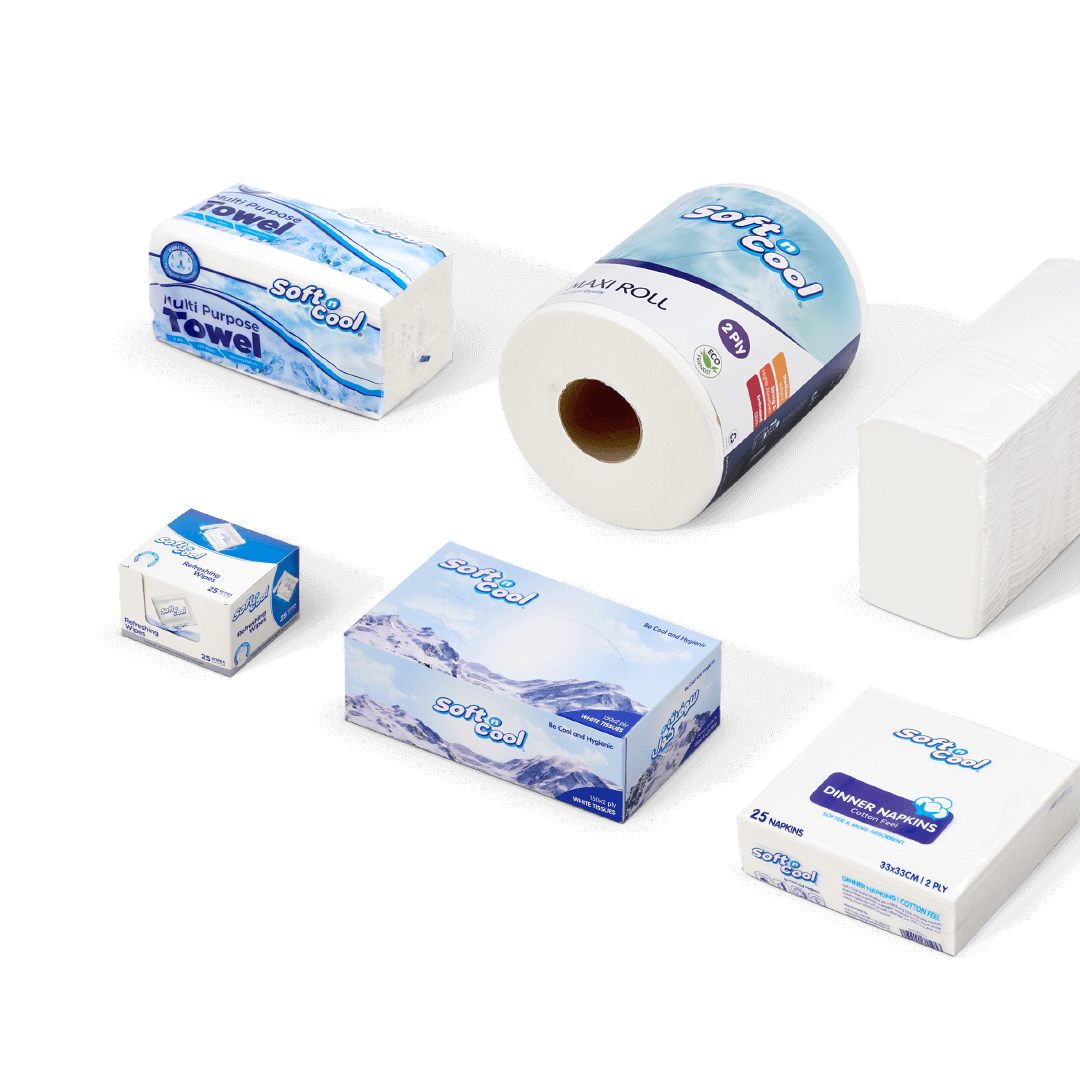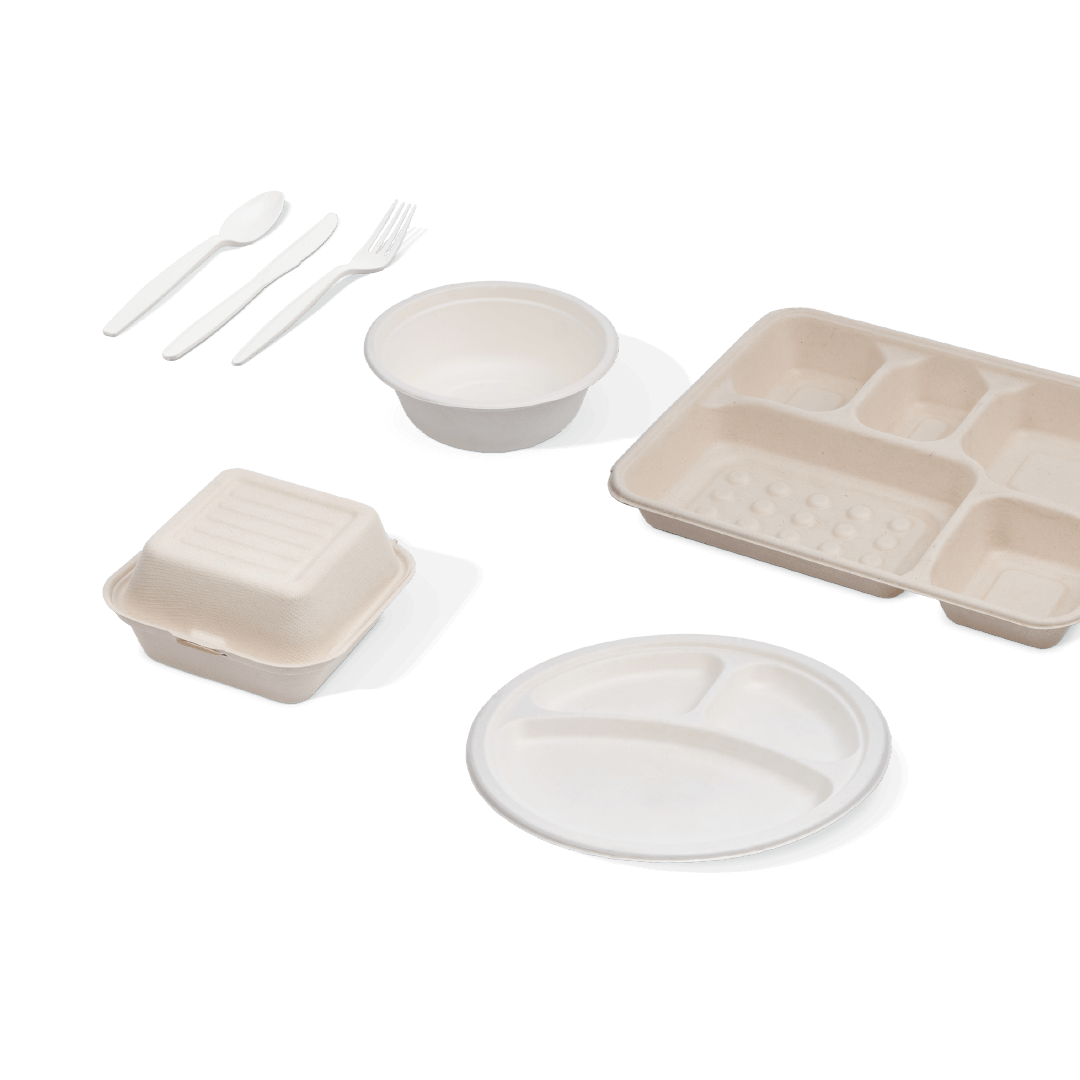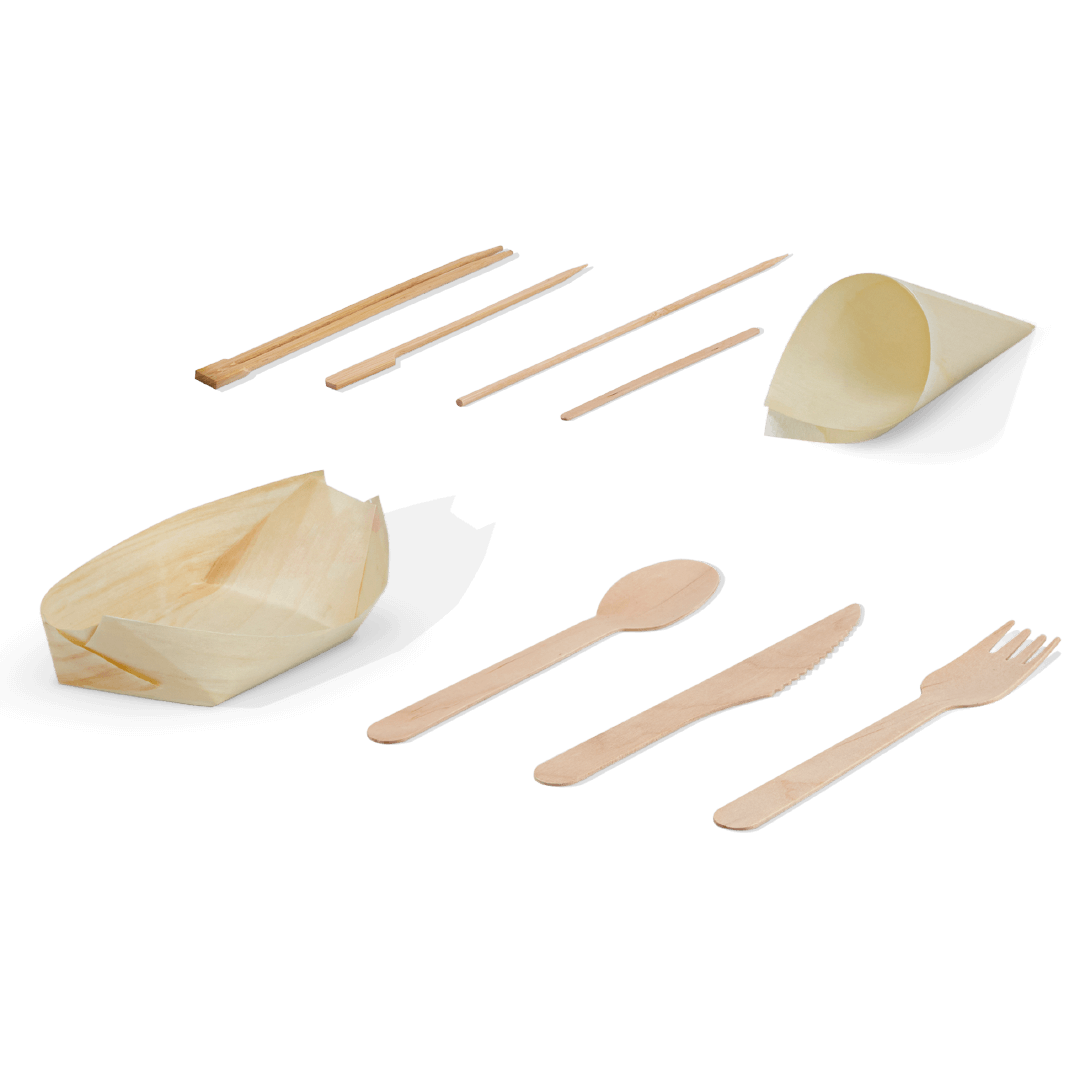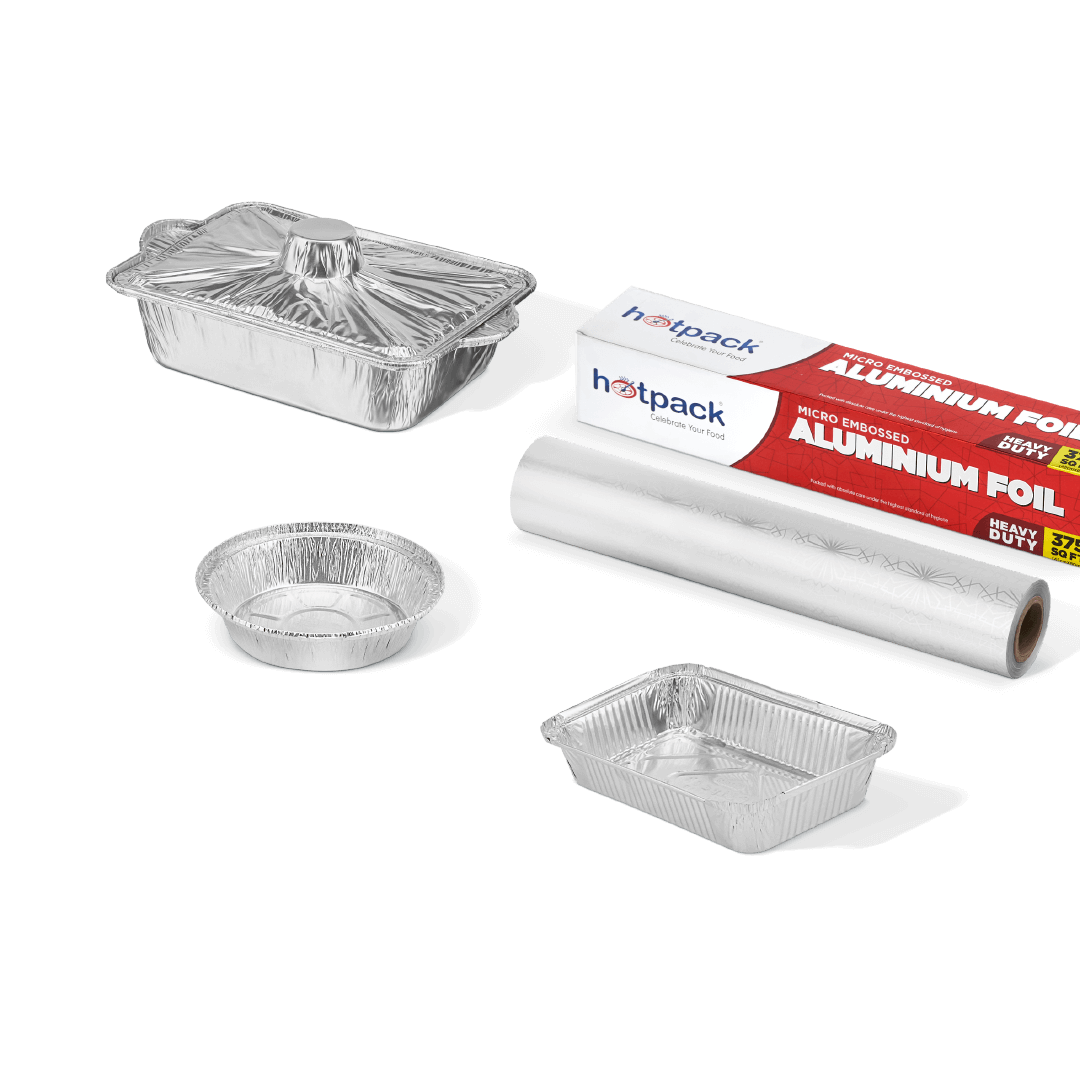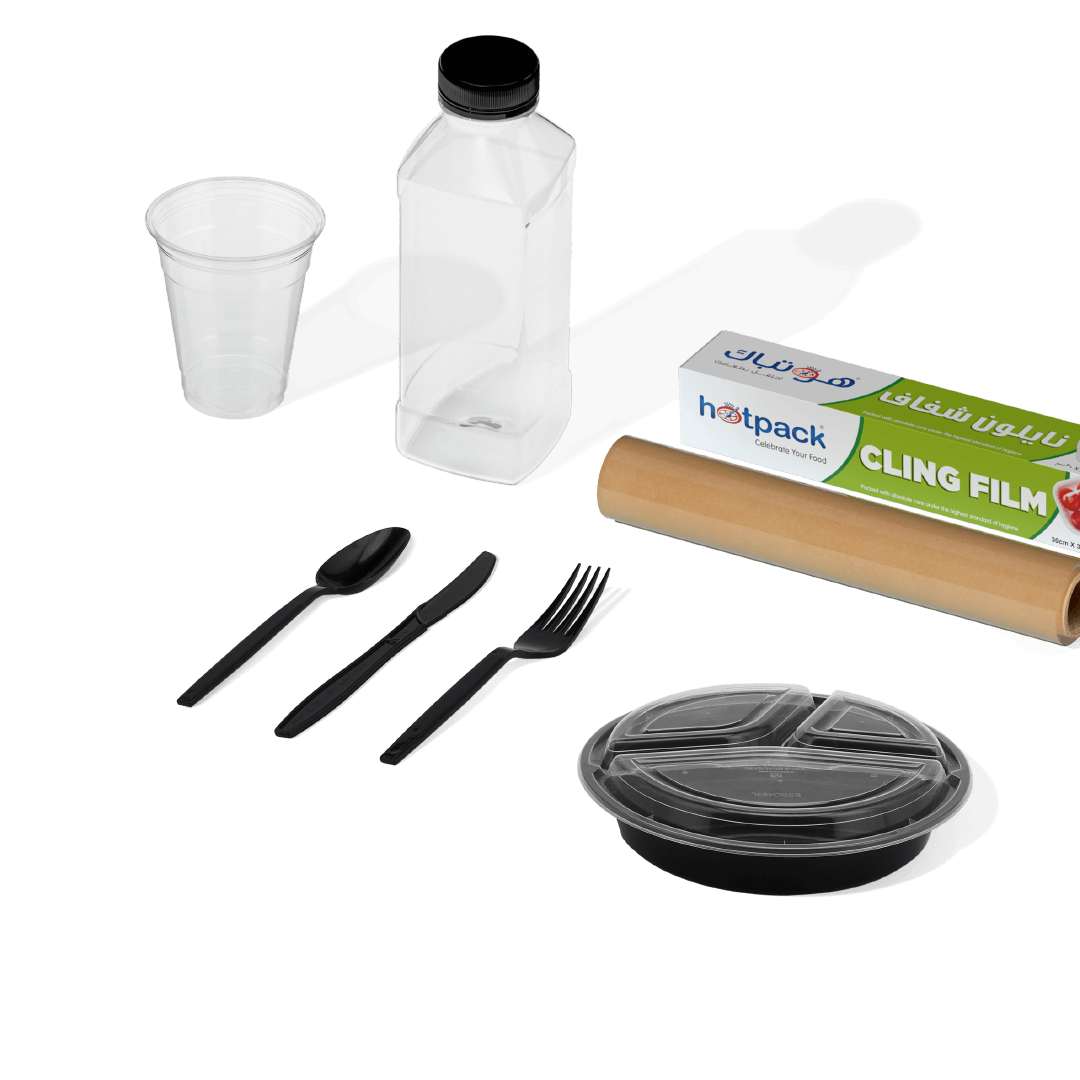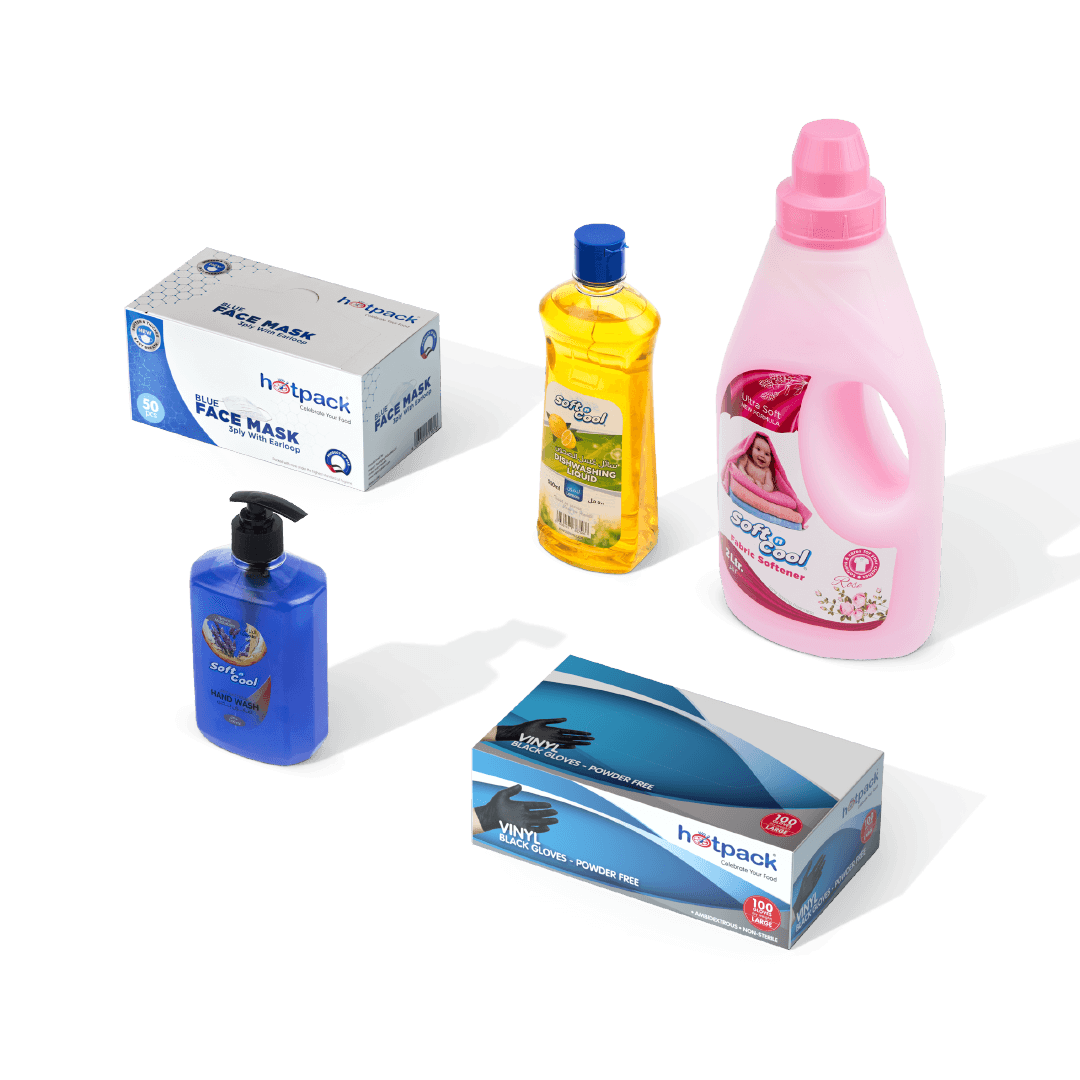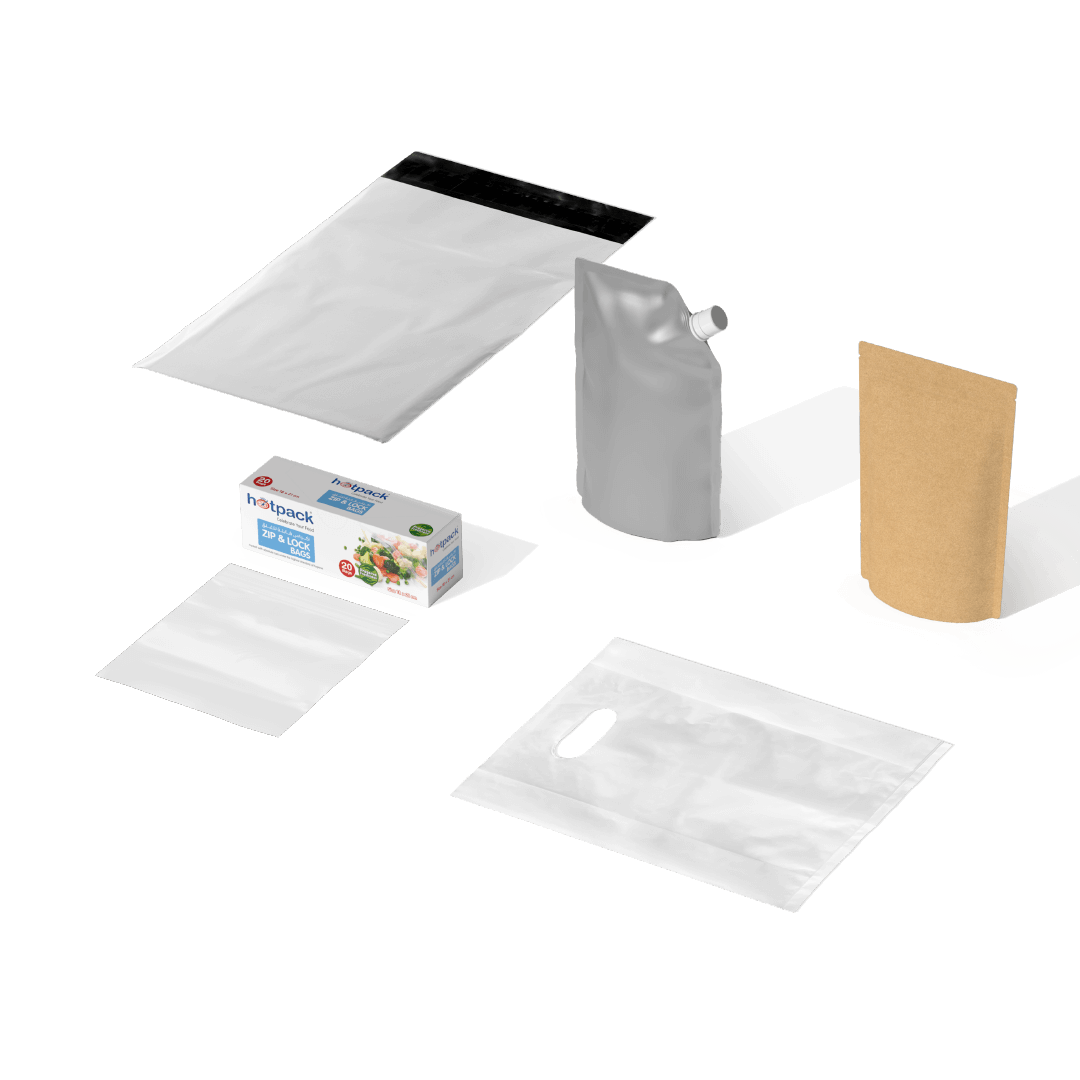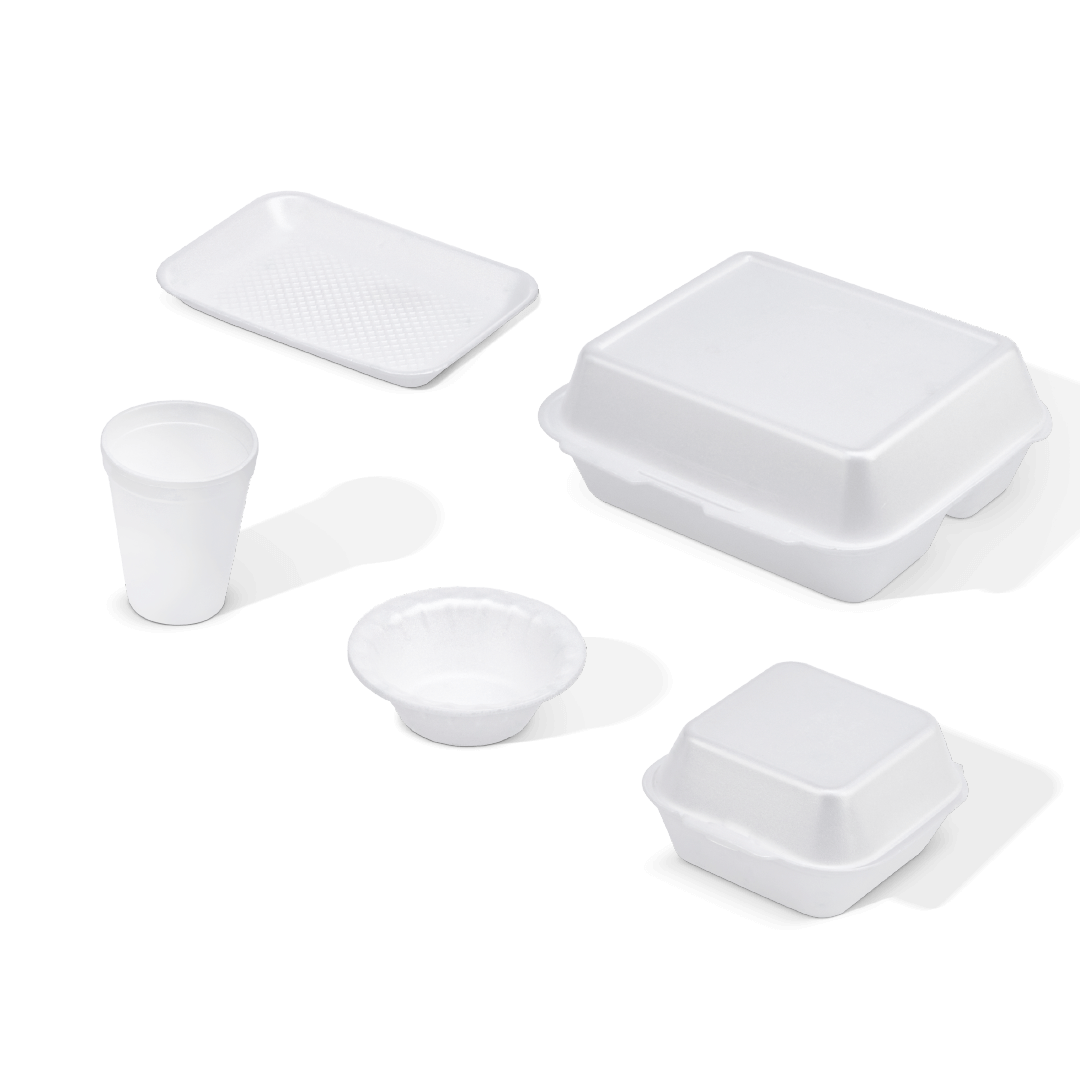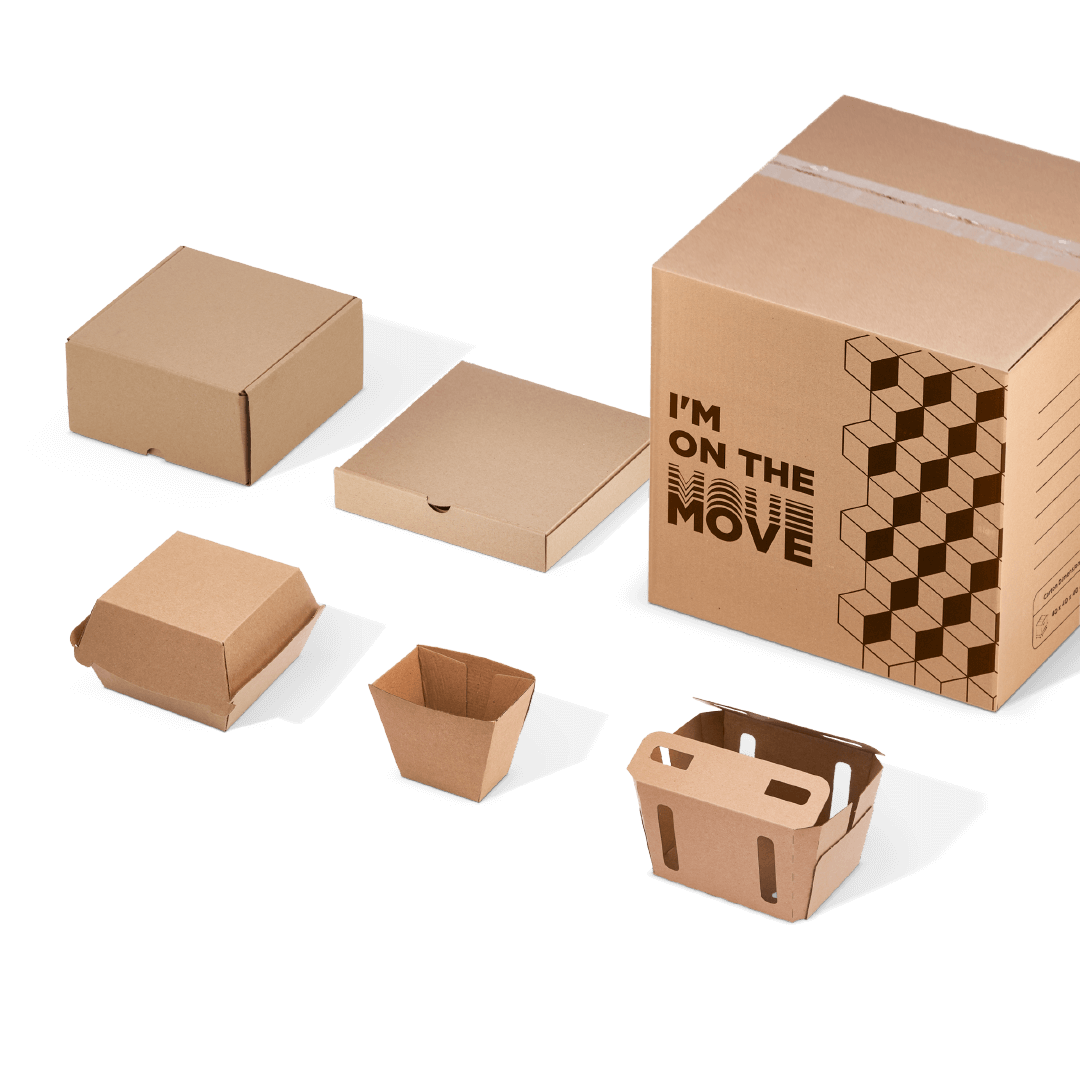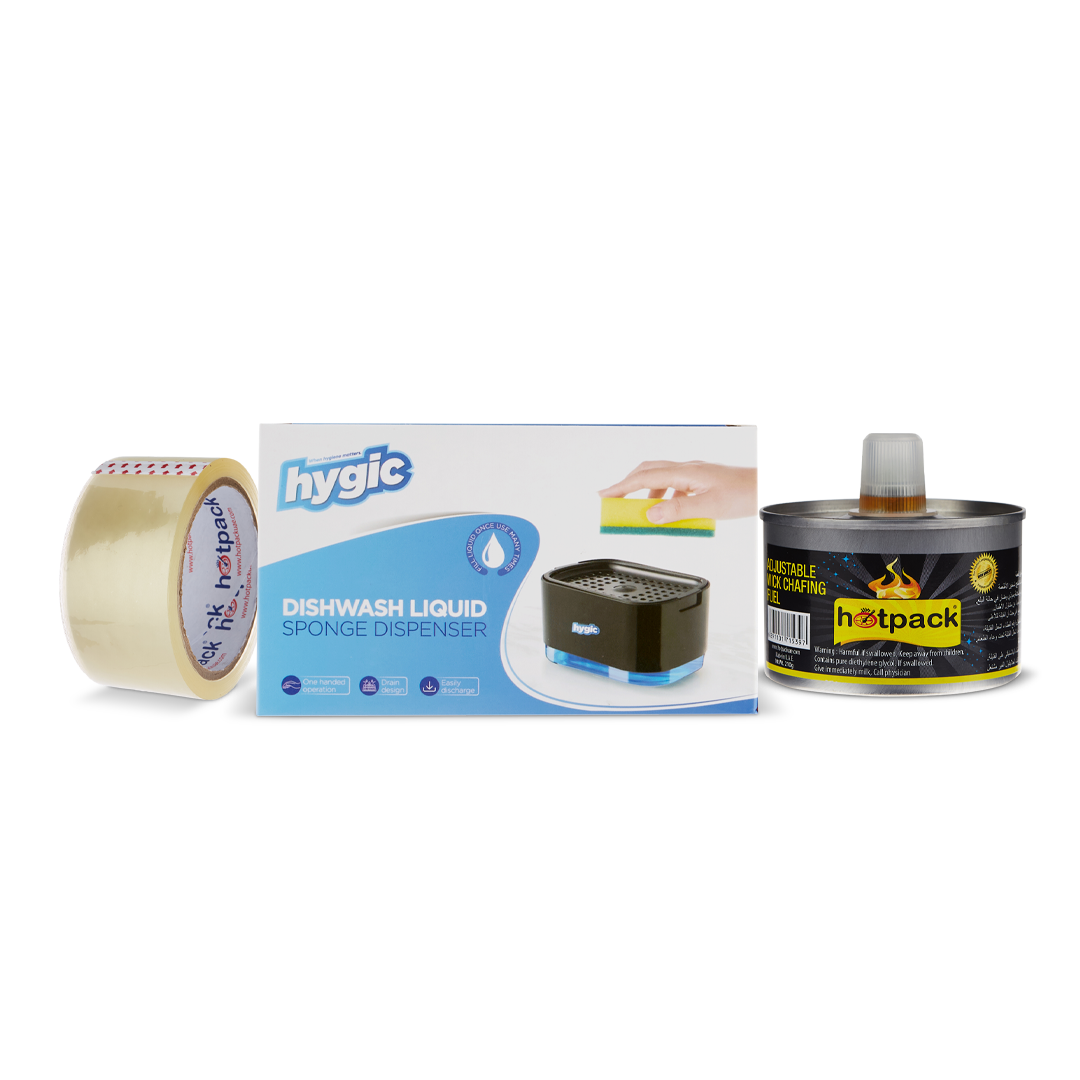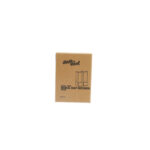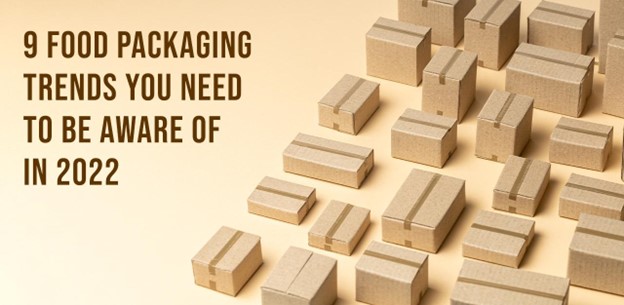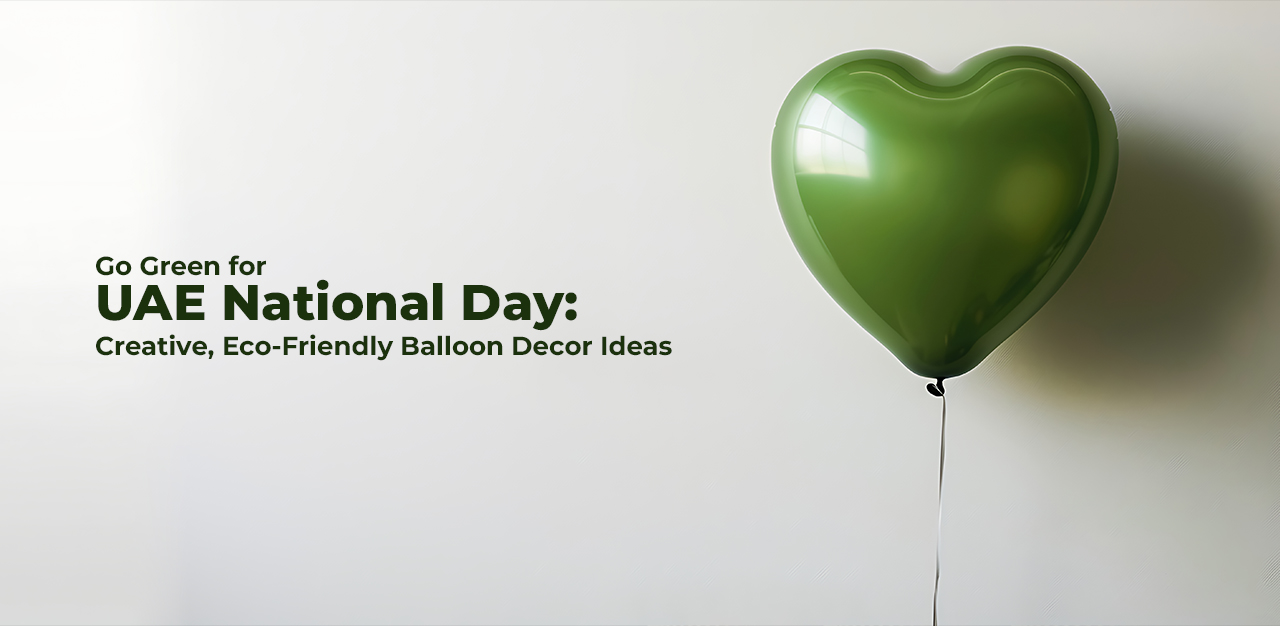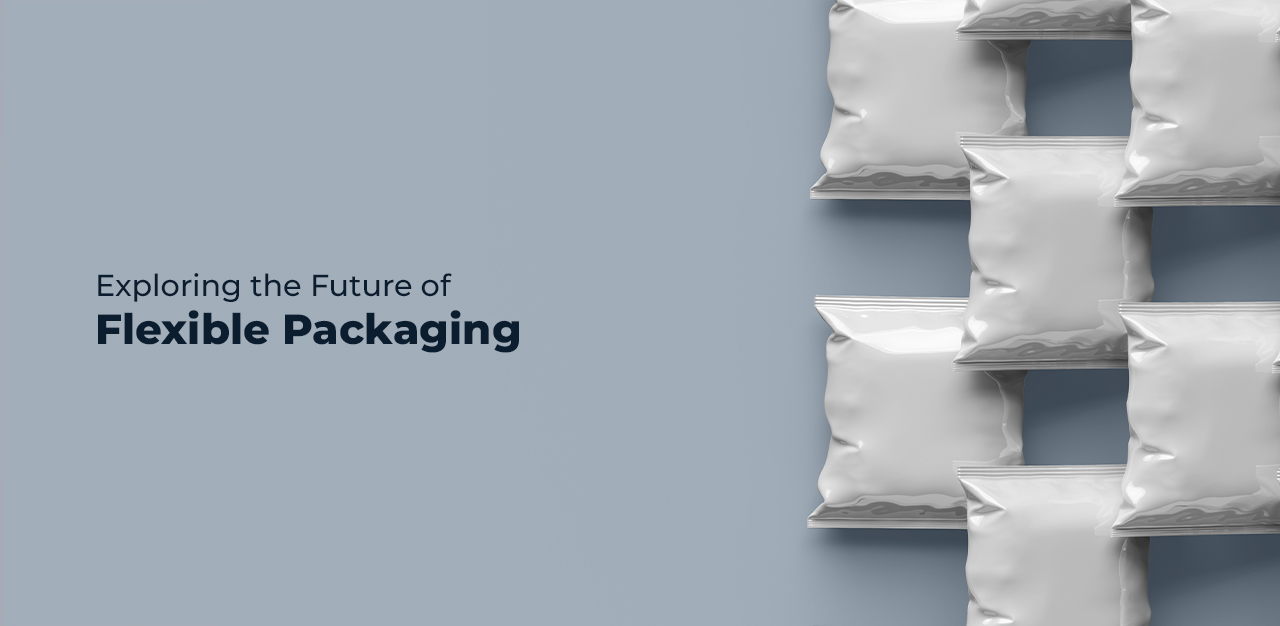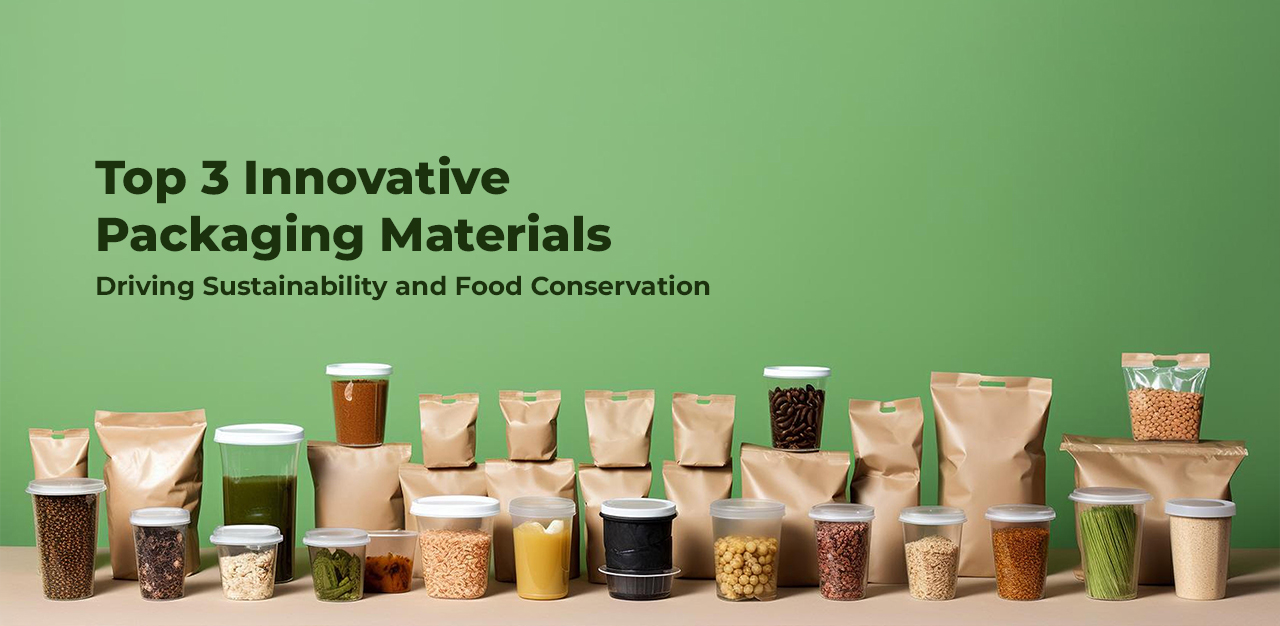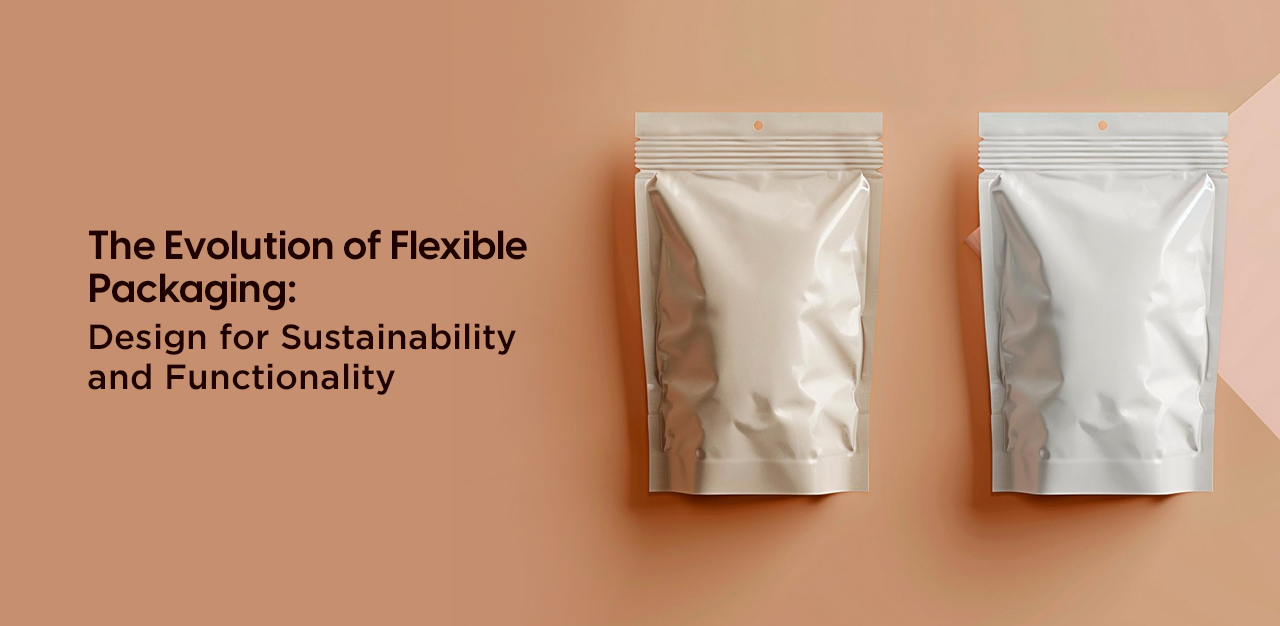The packaging of food products is just as significant as the food itself. Food packaging promotes the food, increases shelf life, and makes long-distance shipping easier. Keeping up with the most recent developments in food packaging will help you make the best possible packaging choices. What design principles do you use to create the most outstanding products? What are some contemporary trends in food packaging that you ought to be aware of? Let’s look at it.
-
Solution-Enabled Technologies
Custom packaging is a clever way to package and sell goods, and technology can now be appropriately integrated into the packaging to provide customers with more comfort, security, and statistics. Food packaging often has NFC chips, exposed QR codes, or Smart Labels that can be scanned with a phone to disclose additional product information. Food packaging should also monitor several characteristics like pH, temperature, and fermentation to ensure freshness, flavour, fineness, and compliance with fitness criteria. For instance, Healthy Soups companies use their patented “granulation-based technology” to maintain the freshness of essential ingredients.
-
Packing that is clear
People value brands that are truthful and open with their customers. Profitable brands have embraced this attitude. Transparency in product packaging refers to being sincere with consumers. The ingredients in your product should be wholly listed on your packaging, and the presence of chemicals that can be detrimental to some people should also be disclosed. Utilizing product packaging to express your brand’s story is another example of transparency. For instance, if your business actively supports causes like climate change, use the product packaging to explain why the problem is crucial. You can write a brief paragraph on your packaging outlining the causes your brand supports. Designing transparent packaging helps people feel connected to and trust your business.
-
Colours, gradients, and patterns
Humans are visual beings because we can only navigate the world by using our sense of sight. One of the first things that start the purchasing process is sight. According to studies, customers purchase goods within the first minute and a half of seeing them. You must make a bold statement using fun colours and patterns to benefit from this. A unique approach to ensure your product gets overlooked in the aisle is to choose a bland, uniform hue in the packaging design. Instead, to differentiate yourself from the competition, choose bright, fun colours. The usage of gradients is another design trend, contributing to the complexity, mystery, and depth of the packaging of your product.
-
Sustainability
As per Consumer Behaviour and Packaging: 2020, around 84 percent of customers are willing to spend up to INR 3 more for sustainable packaging. Food packaging has become more environmentally friendly over the past few years. Due to consumer demand for greener options, notable brands have abandoned single-use plastics in favour of biodegradable, recyclable, or reusable packaging. Paper packaging is becoming more prevalent than ever. For instance, biodegradable meal trays replace plastic ones in the food service industry. Much research is being done on food packaging that is safe for consumption, allowing itself to be consumed along with the food. Several U.S. businesses have also started producing single-use food packaging and cutlery from plant-based materials for advanced sustainability.
-
Disposable food packaging
Disposable items such as fast-food containers, kiosks for takeout, and catering facilities frequently use disposable food packaging. Both parties and picnics use comparable food serving utensils. Paper, plastic, aluminium or foam food containers, plates, bowls, cups, utensils, doilies, and tray papers are typical disposable foodservice items. Numerous materials, including plastics, paper, bio resins, wood, and bamboo, can be used to create these goods. Disposable foodservice items made of paper, paperboard, and corrugated fibreboards, such as egg cartons, doilies, tray liners, cups, plates, bowls, napkins, carryout bags, and trays. Several paper products are coated with plastic or treated to increase wet strength or grease resistance. Printers create paper and paperboard packaging like pizza trays, French fry trays, Chinese noodle soup boxes, hamburger clamshell trays, etc., using tray formers and other paper-converting machinery. Moulded pulp goods are created from recycled newsprint and are set into plates, bowls, trays, and cup carriers using pressure and heat. The moulded pulp may easily be recycled.
-
Minimal Designs
A massive trend in packaging design is minimalism. The packaging industry has moved away from ornate typefaces and disorganized layouts in favour of straightforward, uncluttered labelling and packaging. Because it is short, minimalism is a style that will endure. It enables highlighting the product’s pricing and avoids overwhelming clients with images. Almost all modern food packaging, including snack bars, ketchup bottles, and paper containers for restaurant takeout meals, exhibits this design trend. Maintaining a straightforward layout makes the packaging look professional and lowers the cost.
-
Packaging that is compostable or biodegradable
After using or ingesting a product, people frequently discard the packaging. Whatever the substance, this behaviour can harm the environment because it endangers wildlife and risks human health. The acceptance of compostable or biodegradable packaging is anticipated to rise by 2022. The objective of biodegradable or compostable packaging is to give it a second life rather than causing environmental damage. Plantable seed paper boxes are one of the most prevalent examples of biodegradable or compostable packaging. When this kind of packaging is discarded into soils and gardens, it will grow lovely plants.
-
Versatile Packaging
Flexible packaging uses less rigid materials to package products more cost-effectively and versatilely. It is a relatively new technology in the packaging business, but because of how effective and affordable it is, it has grown in popularity. This packaging method uses various flexible materials, including foil, plastic, and paper, to create pouches, bags, and other malleable product containers. Flexible packaging benefits businesses requiring adjustable packaging, such as the food and beverage, personal care, and pharmaceutical sectors.
-
Faux 3D Deco
This creative faux 3D graphic artwork gives this package design style a chic and modern touch. Playing with depth and illusion is a sure-fire technique to catch customers’ attention and make them stop what they’re doing.
Conclusion
The shelf is no longer the only place where packaging plays a role in the customer experience. Emerging trends in the food packaging company are often driven by the demand for clever, slick, practical, and sustainable solutions. It’s time to adapt to these new trends and disseminate them to your producers.

